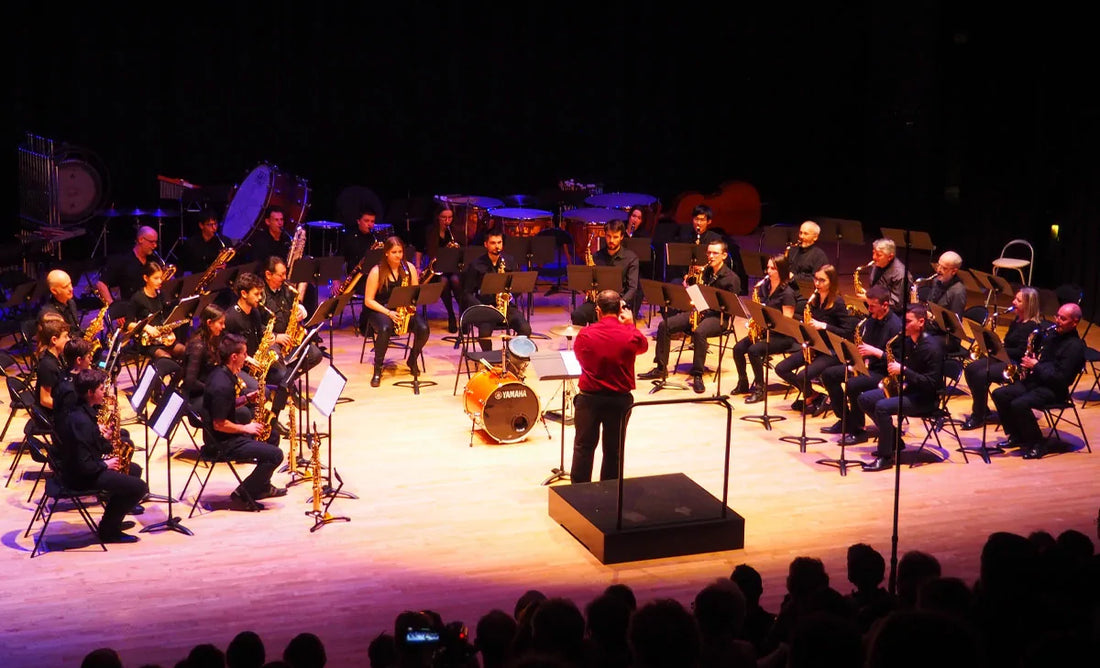The saxophone in classical music

A lukewarm welcome
In 1846, the Belgian instrument maker Adolphe Sax patented a new instrument, the saxophone, which he had developed a few years earlier. At that time, however, the composition of the symphony orchestra was already firmly established, and it was argued that the timbre of the saxophone did not blend in with the rest of the orchestra in a natural way.
Nevertheless, the saxophone seduced and inspired composers. In 1842, Hector Berlioz wrote in the Journal des Débats: “I do not know of any instrument currently in use that can [...] be compared to it. It is full, mellow, vibrant, of enormous strength, and capable of being softened”. The composer even wrote the first work to include a saxophone: the Chant Sacré for wind sextet. Moreover, thanks to its flexibility and voice-like sound, the instrument found its place in military and popular music.
But when Adolphe Sax moved to Paris in the autumn of 1842, he realised that he was not welcome. The small world of Parisian instrument making was a relatively closed circle, and the arrival of this Belgian inventor, brimming with ambition, was not looked upon favourably.
Defamation in the press, contestation of patents, counterfeiting of instruments, propaganda among musicians: nothing could stop Adolphe Sax's rivals, and composers ended up abandoning the instrument.
Classical masterpieces
In 1871 the turning point came when Georges Bizet composed L'Arlésienne, the first composition with saxophone in a purely orchestral work. In fact, several operas previously staged in Paris had included the saxophone, but this was due to the monarchical support of Adolphe Sax. This time the composer was under no pressure and simply wished to incorporate the sound of the saxophone into his work. This was to inspire other great names in classical music…
These include Mussorgsky's Il Vecchio Castello (Pictures at an Exhibition) orchestrated by Maurice Ravel in 1922, Rachmaninov's first Symphonic Dance (1940), and Glazunov's Opus 109 (1934), which is still one of the most famous saxophone concertos today.
► Learn more about the invention and history of the saxophone
► Discover Henri SELMER Paris story
